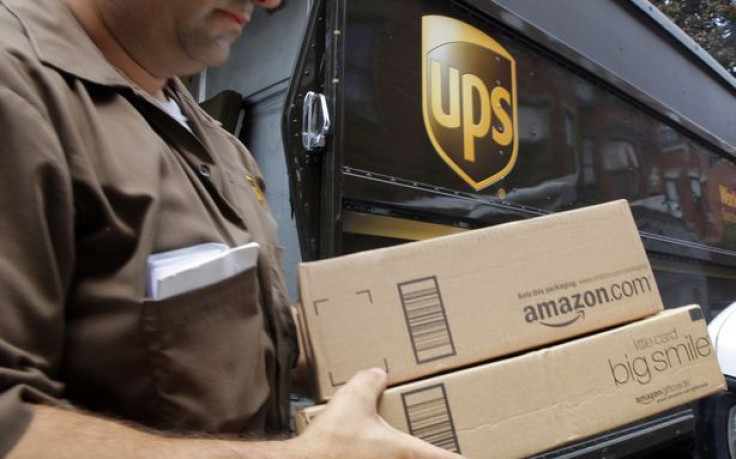How Groundbreaking Were Cyber Monday’s Actual Sales?
ComScore reports $1.46 billion spent in a single day, making it the largest "U.S. spending day in history."

Black Friday and Cyber Monday have both come and gone, giving way to the monthlong spending spree that is the rest of the U.S. holiday season. With everyone safely back to their usual levels of impulse-buying, the question for Wall Street has become: Was the much-heralded "e-commerce revolution" as profound as many investors and businesses hoped?
According to a report released Wednesday by the research firm ComScore (Nasdaq: SCOR), the answer to that question is yes. U.S. consumers spent roughly $1.46 billion on Monday alone, a jump from the previous year’s $1.25 billion that made Nov. 26, 2012, the “heaviest U.S. online spending day in history.”
A report from International Business Machines Corp. (NYSE: IBM) released Tuesday similarly touted this year’s Cyber Monday as an “all-time high,” though it noted a slowdown in the year-over-year rate of growth, which was 30 percent, compared to last year’s 33 percent jump.
Despite the potential for a downward trend, IBM noted a sharp increase in mobile shopping in particular, crediting so-called “couch commerce” with the recent spike in consumer spending.
“More than 18 percent of consumers used a mobile device to visit a retailer's site, an increase of more than 70 percent over 2011,” IBM said. “Mobile sales reached close to 13 percent, an increase of more than 96 percent over 2011.”
While mobile commerce may not necessarily continue at such a frenetic pace, many analysts now predict that its unprecedented growth will continue to spur increased sales throughout the current holiday season and beyond. As Bloomberg Businessweek noted, online retailers like Amazon.com (Nasdaq: AMZN) and EBay (Nasdaq: EBAY) abet consumer spending by eliminating the physical barriers of brick-and-mortar retail shopping and, in the process, extending the shopping period of days like Black Friday and Cyber Monday beyond their 24-hour deadlines and into the entire week following the Thanksgiving holiday.
“Mobile commerce as a whole has clearly gone beyond what it’s traditionally been, which is something primarily for the research phase,” an executive at the research firm EMarketer Inc., told Bloomberg Businessweek. “Tablets are the key driver in terms of the sales element. They’ve extended the length of the shopping day.”
ComScore therefore predicted that online sales will reach $43.4 billion for this holiday season, a figure that would make up 10 percent of all U.S. retail spending with the exception goods that are difficult to purchase online like gas, food, and cars.
In addition the growth in mobile spending, ComScore noted a strong presence of online shopping from work and home alike. The company noted that 47.1 percent of purchases made from U.S. websites came from work computers, while 47.2 came from buyers’ homes. International buyers accounted for 5.7 percent of all sales from U.S.-based companies.
U.S. retail e-commerce spending reached $16.4 billion in the first 26 days of the holiday season, a 16 percent increase from the same time last year, ComScore said.
© Copyright IBTimes 2024. All rights reserved.












